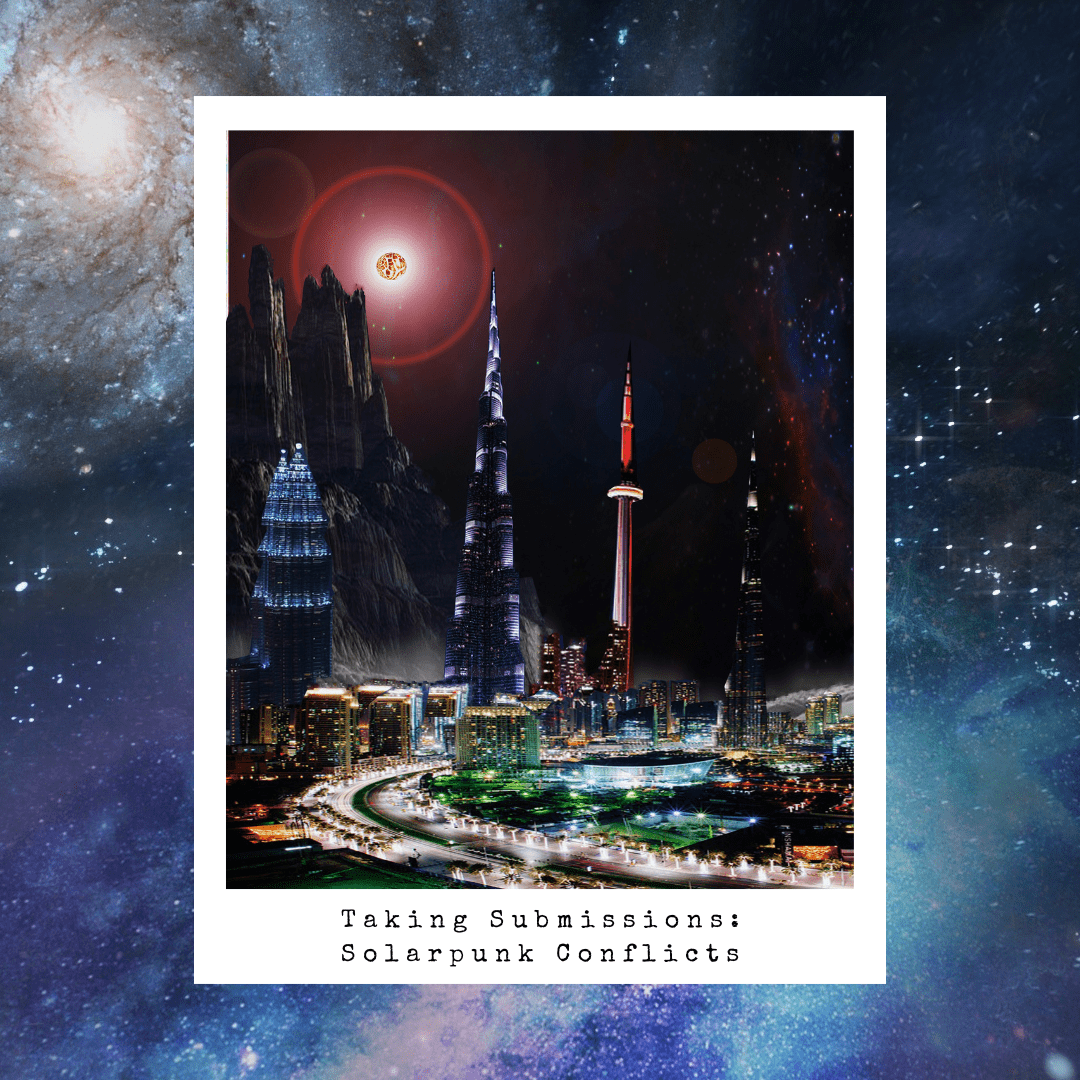The Hammerlock of the Gods – Pro Wrestling and Horror – Conclusion
 Conclusion
Conclusion
Horror and wrestling are comfortable bedfellows because they are both outsider narratives. Both genres have always dwelt on the fringes of polite society. Tolerated, but never welcomed into the fold of mainstream acceptance. It is rare that the major awards in the literature and cinematic fields acknowledge a horror story. Horror is politely ushered off into a corner and encouraged to organise its own set of awards. Most horror writers whose name isn’t Stephen King struggle to make a full-time living from the profession.
Pro wrestling when it first started to appear on television in the post-second world war era enjoyed the same level of infamy as the horror movies and comics which gained notoriety around the same time. Tolerated, but shuffled off into the margins of acceptability. Horror fans and wrestling fans risked being considered social pariahs. Many were proud of this outsider status.
Horror as a genre is posited to shock, thrill, and scare its audience. It can be presented in many ways, but there is usually a central figure, a monster or villain, around which the narrative is built. This is where wrestling finds fertile field in the horror genre. The central horror villain is often a reflection of contemporaneous social fears. Some examples being invasion, disease, nuclear war, and so on.
Hence wrestling history has borne witness to evil Nazis and Japanese, evil Russian communists, aliens, zombies, boogeymen, and literally in the case of nuclear threat – Adam Bomb. There was of course the shocking turncoat Sergeant Slaughter, who during the early nineties Iraq War went from American military hero to Iraqi sympathiser. Flanked by his ‘compatriots’ General Adnan (formerly the American Indian Chief Billy White Wolf) and Colonel Mustpaha (formerly the Iranian Iron Sheik). More recently after 9/11 and the advent of modern terrorism, the WWE experimented with Arab villains but found the audience response too volatile. Even wrestling can scratch a raw nerve.
Perhaps the ultimate crossover between horror and wrestling occurs in the realm of psychology. Both genres use it effectively to tell a story in which the aim is to create fear in its audience by exposing emotional vulnerability. On a simple level, characters like the Undertaker prey on our cultural fear of death and what lies beyond the grave. Doink the Clown plays on the common fear of carnivals and clowns. Mankind exposes our fear and lack of understanding of mental illness. Papa Shango our fear of witchcraft. The Boogeyman our fear of the monster under the bed or in the closet.
At the very heart of both fields is the desire, the need, to create tension, drama, and conflict, to take their audience on a journey filled with highs and lows, and to bring those things to a cathartic conclusion. In that regard, the use of horror narratives has always been an effective tool for pro wrestling.
Full The Hammerlock of the Gods Series Bibliography
Barthes, Roland. Mythologies. Paris: Editions Du Seuil, 1957 (reprint 1985)
Bradley, Paul. The Top 30 Horror Gimmicks in Pro Wrestling History. Fansided 30 Oct 2019
Crocker, Franny. WWE: The Influence of Horror on Professional Wrestling. Fansided 31 Oct 2019
Fiske, John. Rock ‘n’ Wrestling: Television’s Grotesque Carnival. Society of Cinema Studies Annual Conference, Montreal 1987
Rudwin, Maximillian. The Devil in Legend and Literature. Chicago: Open Court Publishing, 1931.
- About the Author
- Latest Posts
Anthony Ferguson is an author and editor living in Perth, Australia. He has published over seventy short stories and non-fiction articles in Australia, Britain and the United States. He wrote the novel Protégé, the non-fiction books, The Sex Doll: A History, and Murder Down Under, edited the short-story collection Devil Dolls and Duplicates in Australian Horror and coedited the award-nominated Midnight Echo #12. He is a committee member of the Australasian Horror Writers Association (AHWA), and a submissions editor for Andromeda Spaceways Magazine (ASM). He won the Australian Shadows Award for Short Fiction in 2020.













